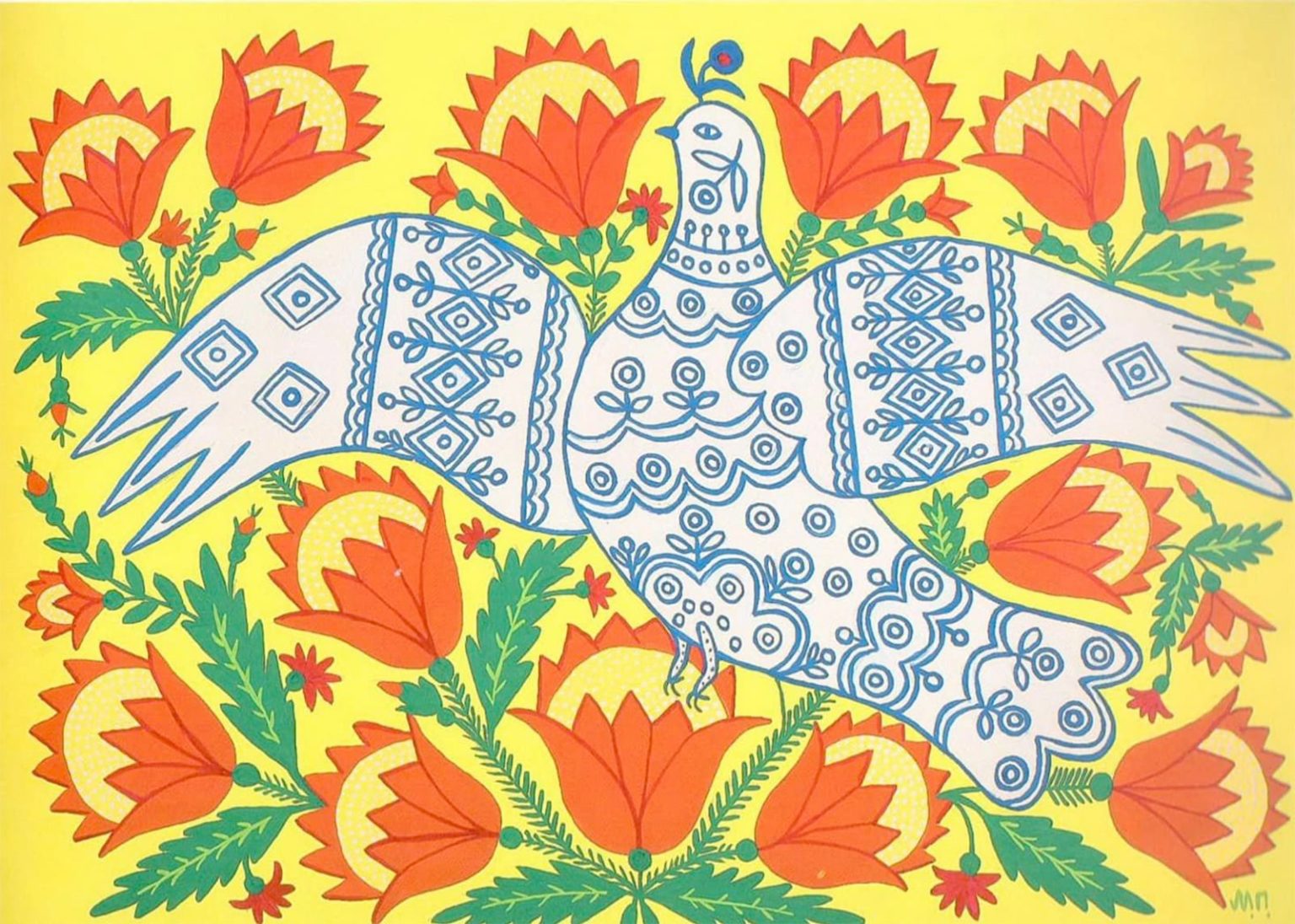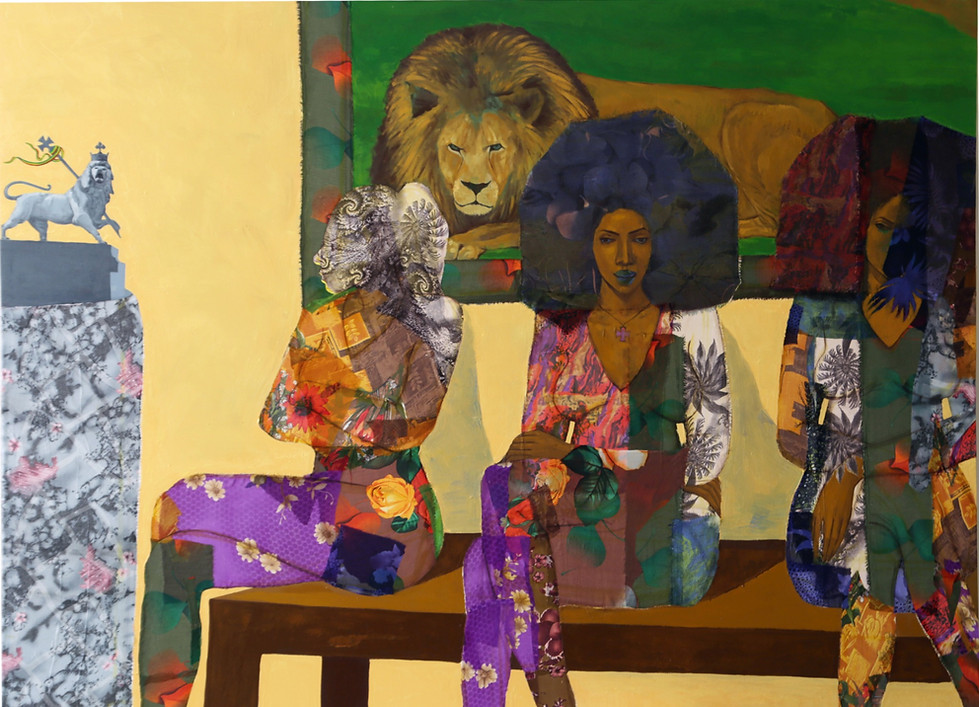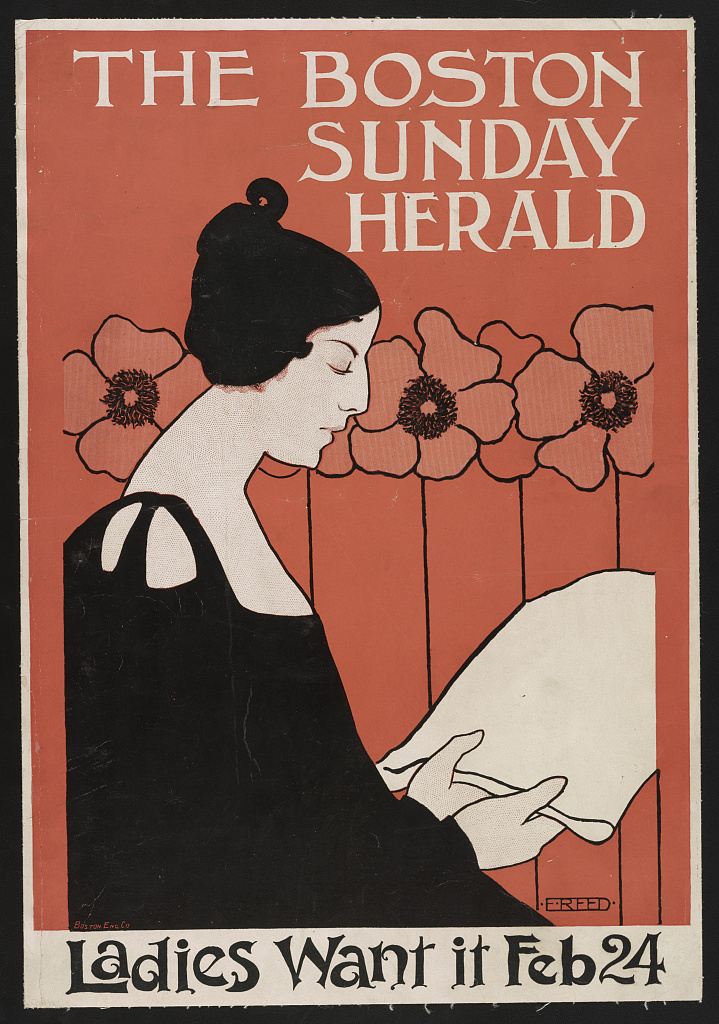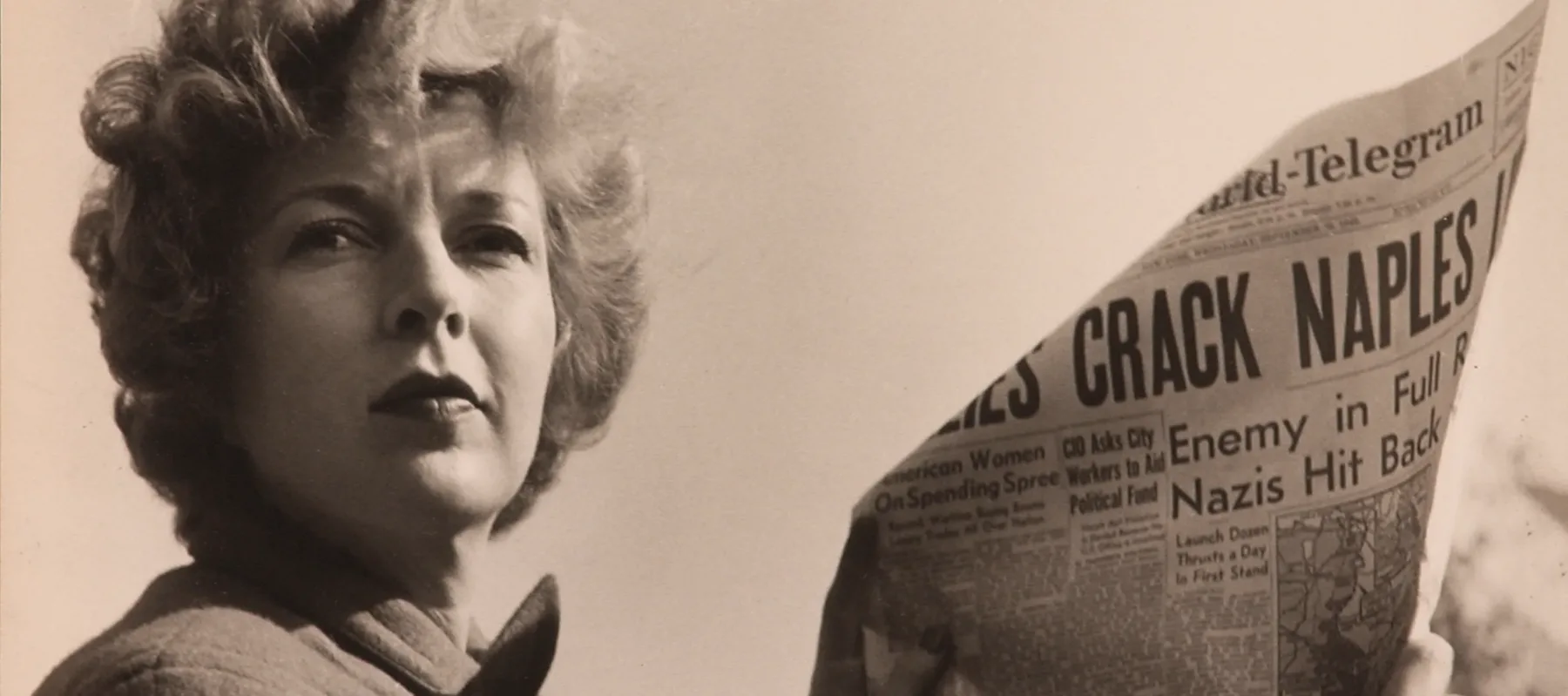Colossal highlights the works of Ukrainian folk artist Maria Prymachenko (1908–1997), whose renderings of life in the Ukrainian countryside advocated for peace. Earlier this week, Russian forces destroyed the Ivankiv Historical and Local History Museum, which housed about 25 works by the artist. According to the Ukrainian Institute, local residents retrieved pieces of the works from the burning museum before they were lost entirely.

Attacks have damaged other cultural heritage sites, including the Babyn Yar Holocaust Memorial, which featured an installation by Marina Abramović last year. Many Russian artists have spoken out against the war, including Alexandra Sukhareva, who was set to represent Russia at the Venice Biennale in April, but has withdrawn her participation in protest.
Front-Page Femmes:
Shirley Hughes, the illustrator and author behind more than 200 children’s books, including the popular “Alfie” series, has died at age 94.
The New Yorker profiles painter and scenic designer Florine Stettheimer on the publication of the first extensive and scholarly biography of the artist.
For Women’s History Month, the Washington Post rounds up five new novels that celebrate female accomplishments.
The Los Angeles Times interviews Debbie Millman, host of the Design Matters podcast, about her new book featuring excerpts from interviews with graphic novelist Alison Bechdel, poet Elizabeth Alexander, painter Amy Sherald, and more.
The Art Newspaper looks at the Women Art Dealers Digital Archives, which focuses on the global female-driven art market beginning in the late 19th century.
Hyperallergic reviews Hana Yilma Godine: A Hair Salon in Addis Ababa, featuring paintings that portray women in domestic spaces with elegance and grace.

Artnet interviews artist Aurora Robson, founder of Project Vortex, an international collective of artists working to shift the trajectory of plastic pollution.
The Venus of Willendorf’s origins have been traced back to Italy by anthropologists at the University of Vienna.
The New Yorker reviews photographer Joni Sternbach’s latest book, a study of her early work made during the 1970s and 1980s.
Painter Jennie C. Jones features on the Art Angle podcast.
Artnet interviews painter Flora Yukhnovich on the occasion of her solo exhibition at London’s Victoria Miro gallery.
Shows We Want to See:
At the Denver Art Museum, Traitor, Survivor, Icon: The Legacy of La Malinche explores the evolving image of the woman who acted as Hernán Cortés’s interpreter during his conquest of the Aztec Empire. The exhibition reexamines La Malinche’s story, viewing her as a “…young indigenous teenager…not only surviving, but…actually changing history,” said curator Terezita Romo. Featured artists include Mercedes Gertz, Maria Cristina Tavera, Cecilia Alvarez, Delilah Montoya, and others. On view through May 8.

At New York City’s Poster House, Ethel Reed: I Am My Own Property presents works by the artist, who was at the apex of the poster craze of the 1890s, but then fell into obscurity before an untimely death. Her life and work represent the struggles of female artists in the late 19th century, while also touching on issues of class, addiction, mental health, and sexuality. ARTnews recently profiled Reed. On view through August 21.
